Exploring the world's most forbidden areas unveils a tapestry of danger, mystery, and human limitations. These locales are strictly off-limits due to extreme environmental hazards, governmental secrecy, or supernatural legends, captivating the curiosity of adventurers and researchers alike. This comprehensive analysis delves into ten such forbidden zones, ranked based on their inaccessibility, perilous conditions, and historical significance. Each entry provides an in-depth look at why these areas remain shrouded in mystery, addressing common user queries about safety, scientific value, and the stories behind their exclusion. By examining these sites, we gain insight into the boundaries of human exploration and the relentless forces of nature and politics that define our world.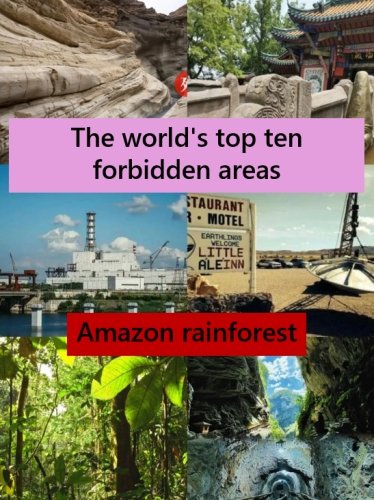
Kunlun Mountains Death Valley
Nestled in the remote Kunlun Mountains of China, Death Valley stands as one of the most enigmatic and hazardous forbidden areas on Earth. This region, often referred to as the "Valley of Death," is infamous for its unexplained disappearances and treacherous terrain. The valley's high altitude, exceeding 5,000 meters, combined with sudden weather shifts, creates a lethal environment for unprepared travelers. (For instance, temperatures can plummet to -30°C in winter, leading to hypothermia risks.) Geological surveys reveal frequent landslides and unstable ground, making navigation nearly impossible without specialized equipment. Historically, local legends speak of ancient curses and supernatural phenomena, but scientific investigations point to high levels of carbon monoxide and other toxic gases emitted from volcanic activity as a primary cause of fatalities. The Chinese government has restricted access to this area, permitting only authorized scientific expeditions due to the high mortality rate among past explorers. (Notably, in the 1990s, several research teams vanished without a trace, fueling speculation about hidden dangers.) Users often inquire about survival tips, but the consensus among experts is that avoidance is the only safe approach. This forbidden zone serves as a stark reminder of nature's unpredictability and the limits of human endurance.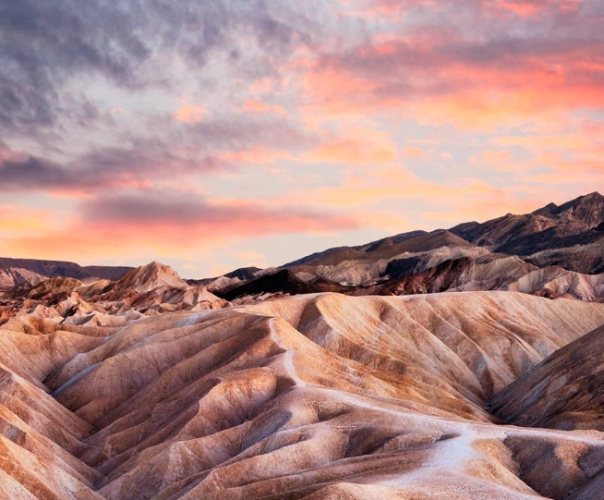
Biani Islands
The Biani Islands, a remote archipelago in the Pacific Ocean, rank among the top forbidden areas due to their isolation and volatile ecosystem. (Located approximately 1,200 kilometers from the nearest mainland, these islands are virtually inaccessible to the public.) The primary reason for their forbidden status stems from aggressive wildlife, including endemic species of venomous reptiles and insects that pose significant threats to human life. (For example, the Biani tree snake has a venom potent enough to cause paralysis within minutes.) Additionally, the islands are prone to sudden seismic activity and tsunamis, making long-term habitation impossible. Governmental restrictions are enforced by multiple nations to protect both humans and the fragile biodiversity, as unauthorized visits have led to fatal encounters in the past. (In 2015, a group of illegal fishermen perished after their boat was capsized by a rogue wave, highlighting the maritime dangers.) Users searching for adventure destinations often overlook the risks, but survival experts emphasize that even experienced sailors avoid these waters due to unpredictable currents and storms. The Biani Islands exemplify how natural barriers can create impenetrable fortresses, preserving ecosystems but rendering them deadly to intruders.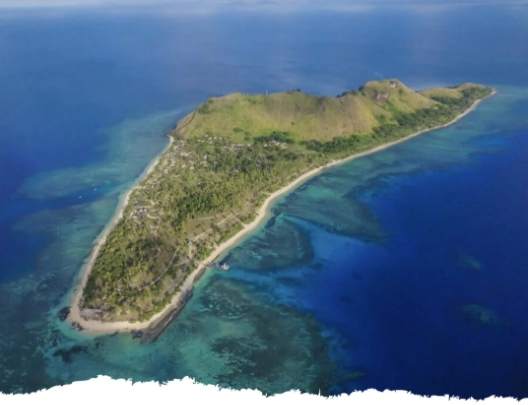
Liupanshui Ghost Gate
Liupanshui Ghost Gate, located in the Guizhou Province of China, is a forbidden area steeped in folklore and paranormal activity. (Often described as a "gateway to the underworld," this region has been the subject of numerous local legends involving ghostly apparitions and unexplained sounds.) The terrain consists of dense forests and limestone caves, which are prone to sudden collapses and hidden sinkholes. Scientific studies have detected high levels of radon gas and electromagnetic anomalies, contributing to reports of disorientation and illness among those who venture too close. (In one documented case from 2008, a group of hikers experienced severe headaches and hallucinations after spending a night near the site, later attributed to gas exposure.) The Chinese authorities have cordoned off the area, citing safety concerns and the need to preserve cultural heritage, as the Ghost Gate is linked to ancient burial grounds. Users interested in supernatural phenomena often seek out this location, but experts warn that the real dangers are environmental, including poor air quality and unstable geology. This forbidden zone highlights the intersection of myth and reality, where natural hazards amplify fears of the unknown.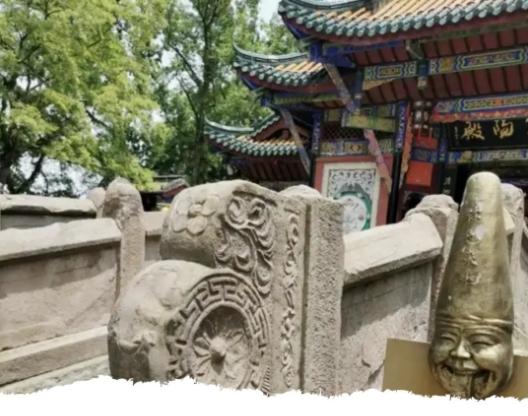
Snake Island, Brazil
Snake Island, or Ilha da Queimada Grande, off the coast of Brazil, is arguably one of the most perilous forbidden areas globally, due to its dense population of golden lancehead vipers. (These snakes are endemic to the island and possess venom so potent that it can melt human flesh, with an estimated one snake per square meter in some areas.) The Brazilian government has prohibited public access since the 1920s, allowing only select scientists to study the unique ecosystem under strict protocols. (For instance, researchers must wear protective suits and undergo decontamination procedures to prevent accidental bites.) The island's isolation has allowed the snake population to thrive, but it also means that medical help is hours away, making any encounter potentially fatal. Historical accounts include tales of lighthouse keepers who died under mysterious circumstances, though most are attributed to snakebites. (In the 1990s, a documentary crew narrowly escaped after a viper struck their equipment, underscoring the constant threat.) Users frequently ask about the possibility of tours, but biologists assert that even brief visits require extensive precautions due to the high risk of envenomation. Snake Island serves as a vivid example of how a single species can dominate an environment, turning it into a deathtrap for humans.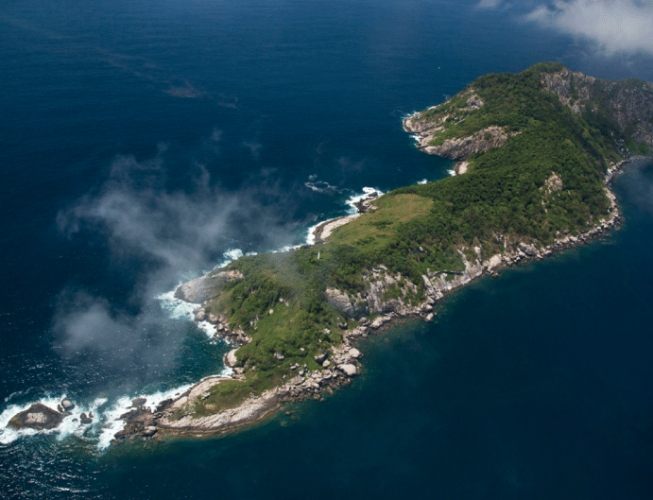
Mariana Trench
The Mariana Trench, the deepest part of the world's oceans, is a forbidden area due to its extreme pressure and inhospitable conditions. (Located in the western Pacific Ocean, it reaches depths of over 11,000 meters, where the pressure exceeds 1,000 times that at sea level.) This abyssal plain is inaccessible to all but the most advanced submersibles, and even then, missions are fraught with risks like equipment failure and unpredictable marine life. (For example, the trench is home to bizarre organisms like the Mariana snailfish, which have adapted to survive in complete darkness and crushing pressures.) Governments and international bodies regulate access to protect the fragile ecosystem and prevent resource exploitation, as the trench holds clues to Earth's geological history. (In 2012, filmmaker James Cameron's solo dive highlighted the technological challenges, as his submersible faced minor leaks and communication blackouts.) Users curious about deep-sea exploration often underestimate the dangers, but oceanographers stress that human presence is limited to brief, highly controlled expeditions. The Mariana Trench represents the ultimate frontier on Earth, where nature's forces defy conventional exploration, making it a quintessential forbidden zone.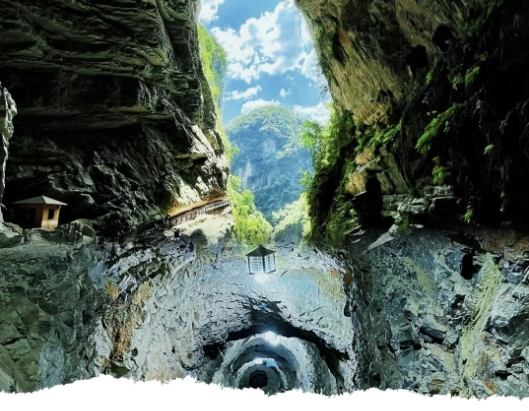
Chernobyl Nuclear Power Plant
The Chernobyl Nuclear Power Plant in Ukraine is a forbidden area infamous for the 1986 disaster that released massive amounts of radiation into the environment. (The Exclusion Zone spans approximately 2,600 square kilometers, where radiation levels remain dangerously high in areas like the reactor core.) This site is off-limits to the public due to the long-term health risks, including cancer and genetic mutations, though controlled tours are allowed in less contaminated zones. (For instance, radiation hotspots near the plant can exceed 10 microsieverts per hour, far above safe limits.) The Ukrainian government enforces strict access controls, requiring permits and radiation monitoring for any entry. Historical context includes the immediate evacuation of nearby cities like Pripyat, which now stand as ghost towns, serving as a somber reminder of nuclear fallibility. (In recent years, wildlife has rebounded in the zone, but studies show elevated mutation rates in species like rodents.) Users searching for information often focus on the haunting imagery, but safety experts highlight the ongoing risks, such as structural decay in buildings that could collapse. Chernobyl remains a powerful symbol of human error and the enduring legacy of technological catastrophes.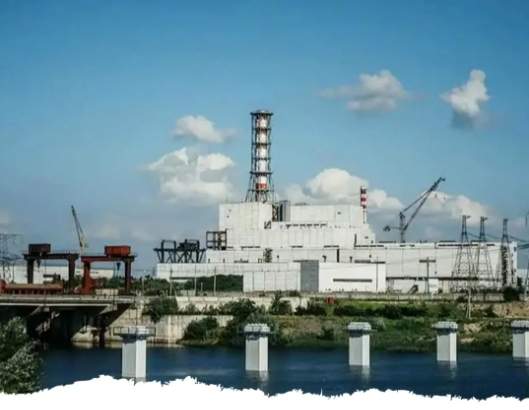
Area 51, USA
Area 51, located in the Nevada desert, is a top forbidden area due to its association with military secrecy and alleged extraterrestrial activities. (The U.S. government has long denied public access, citing national security concerns related to aircraft testing and development.) This highly classified facility is surrounded by restricted airspace and monitored by armed guards, with trespassers facing arrest or worse. (Historical events include the 1989 incident where a civilian was detained after attempting to photograph the perimeter, fueling conspiracy theories.) The area's arid environment and remote location make survival difficult without supplies, and the lack of transparency has spawned countless myths. (For example, the Roswell incident of 1947 is often linked, though declassified documents attribute it to weather balloon projects.) Users often inquire about UFO sightings, but defense analysts emphasize that the real forbidden nature stems from advanced weaponry and intelligence operations. Area 51 exemplifies how governmental power can create impenetrable barriers, intriguing the public while safeguarding secrets.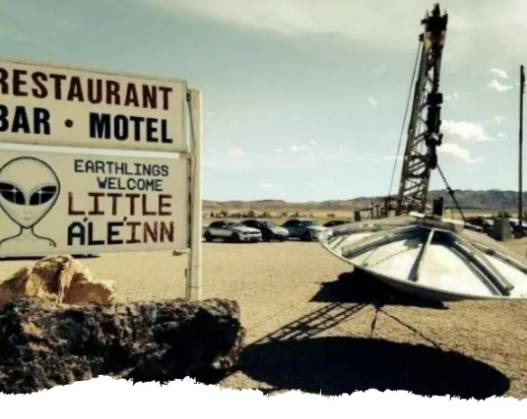
Lop Nur, China
Lop Nur, a former lake basin in the Xinjiang region of China, is a forbidden area primarily due to its history as a nuclear testing site. (From the 1960s to 1990s, China conducted numerous atomic tests here, leaving behind radioactive contamination that persists today.) The area is also known for its harsh desert conditions, with temperatures soaring above 50°C in summer and sandstorms that can reduce visibility to zero. (For instance, the 1964 test left a crater that is still highly radioactive, with radiation levels unsafe for human exposure.) The Chinese military restricts access, allowing only authorized personnel for cleanup or research, and the site is surrounded by warning signs and checkpoints. (Historical accounts include the mysterious disappearances of explorers like Peng Jiamu in 1980, whose fate remains unsolved, adding to the area's eerie reputation.) Users interested in nuclear history often seek details, but environmental scientists warn that the soil and water contain isotopes like plutonium-239, which have half-lives of thousands of years. Lop Nur illustrates the long-term consequences of human actions, transforming a once-vibrant ecosystem into a desolate no-go zone.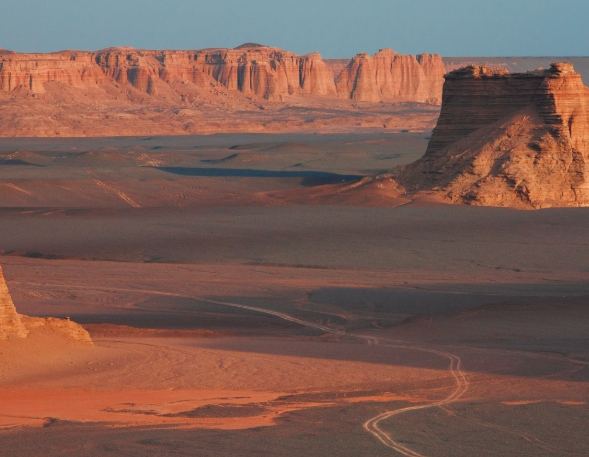
Amazon Rainforest
The Amazon rainforest, spanning multiple South American countries, contains forbidden areas due to their inaccessibility, dangerous wildlife, and presence of uncontacted tribes. (For example, the Vale do Javari region in Brazil is off-limits to protect indigenous groups from diseases and conflicts.) These zones are characterized by dense vegetation, venomous creatures like the bullet ant, and unpredictable weather patterns that can lead to fatal outcomes for intruders. (In 2018, a tourist died after a snakebite in a remote part of the forest, highlighting the lack of medical infrastructure.) Governments and NGOs enforce restrictions to conserve biodiversity and respect tribal sovereignty, with illegal logging and mining posing additional threats. (Historical incidents include the 1996 murder of activist Chico Mendes, which underscored the violence associated with encroachment.) Users searching for eco-tourism opportunities must heed warnings, as venturing into protected areas can result in legal penalties or life-threatening encounters. The Amazon serves as a crucial reminder of the delicate balance between human curiosity and environmental preservation.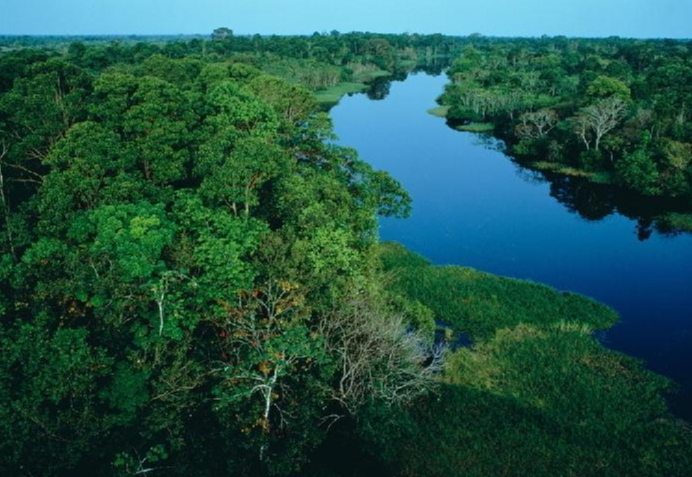
Death Island in Kamchatka Half Valley
Death Island, part of the Kamchatka Peninsula in Russia, is a forbidden area known for its volcanic activity and toxic gas emissions. (Located in the Half Valley region, this island experiences frequent eruptions from volcanoes like Klyuchevskaya Sopka, releasing sulfur dioxide and other lethal gases.) The Russian government has banned public access due to the high risk of asphyxiation and landslides, with the area monitored by geological institutes. (For instance, in 1975, a scientific team had to evacuate after a sudden gas release caused respiratory distress.) The island's rugged landscape, combined with extreme cold in winter, makes rescue operations nearly impossible. (Historical records indicate that indigenous Koryak people avoided the area for centuries, citing legends of "fire spirits" that bring death.) Users often ask about the possibility of visiting during dormant periods, but volcanologists caution that gas pockets can form unpredictably, posing invisible threats. Death Island epitomizes the raw power of geological forces, where the Earth itself creates a forbidden sanctuary.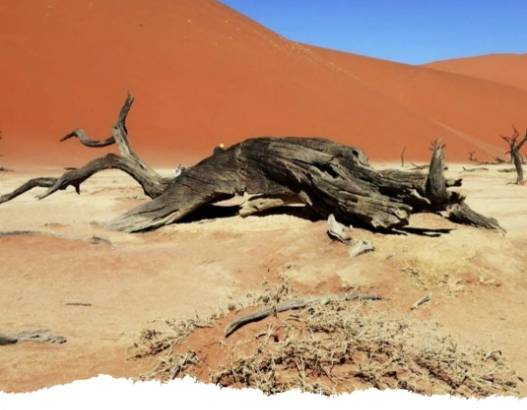
Leave a Comment